All about green aventurine
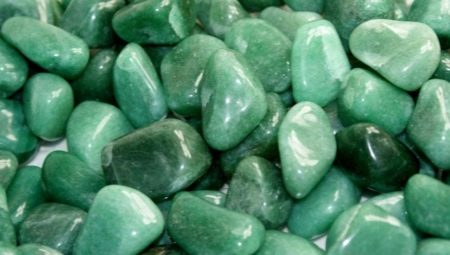
Green aventurine is considered a talisman of good luck, widespread in magical practices, folk medicine. But in order to understand who it suits, and to make the right choice, it is worthwhile to study its properties and features in more detail. Let's take a closer look at how to distinguish a natural stone from a fake, where it is better to look for original products, what value this rock has, and what medicinal and magical properties are attributed to it.
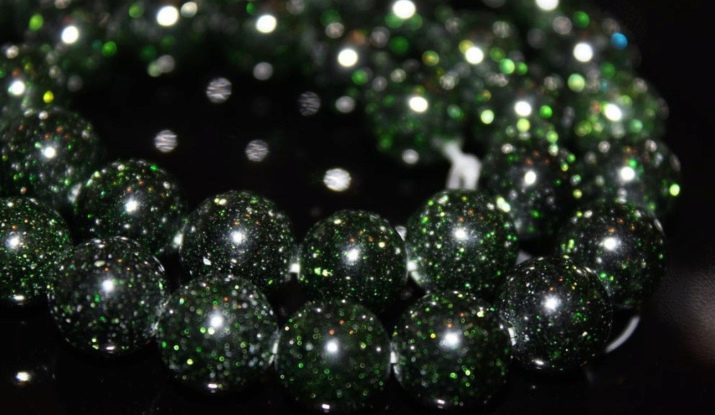
Origin story
Aventurine is not a classic mineral, but a type of quartzite, a rock containing a variety of scaly layers of stone. The composition always contains mica, goethite, hematite and other inclusions that form an ebb on its surface with sparks of different colors and shades. Green aventurine is valuable because it is very rare. The high purity of the stone is also quite rare - in this case, the “arrows of Cupid” formed by thin crystals of rutile with a threadlike structure can be visible inside.
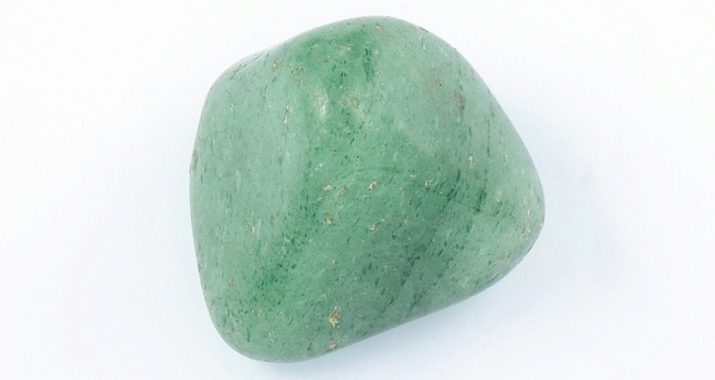
For the first time, mention of the stone appeared in Ancient Egypt. And in China during the same period, due to its color, it was valued no less than traditional jade. Green aventurine was even used in the manufacture of imperial seals, but more often it still acted as an addition to traditional women's jewelry. In Russia, it came into fashion in the 18th century as an ornamental stone in the manufacture of household items for the nobility - candlesticks, cutlery handles.
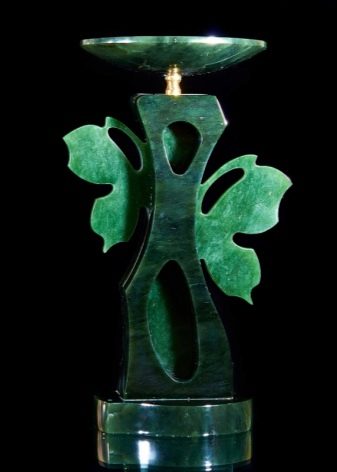
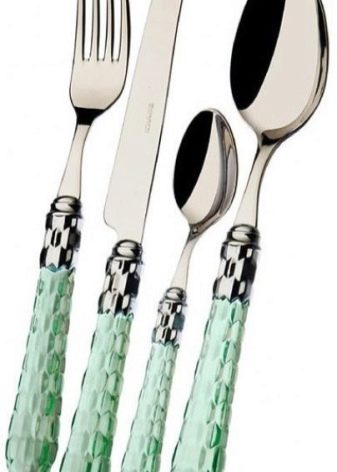
There are various versions of the appearance of the name of the stone.The most common of these is Italian, where the expression per avventura (on occasion) once became the name for a special kind of glass mass, distinguished by an unusual green tint. When a stone similar in appearance was found, then he received a similar nickname.
In nature, the green color of aventurine is imparted by an impregnation of fuchsite. This combination occurs mainly in the East. There is a well-known Indian rock deposit located in the state of Madras. Here you can often hear another name for the stone. It is called Indian jade or jade, but this definition cannot be considered correct.
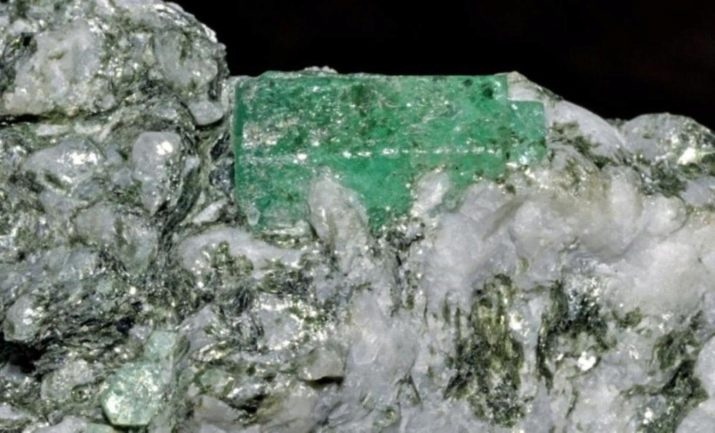
Features and characteristics
Green aventurine is a type of quartzite with a characteristic fine-grained structure. The rock is formed in the process of compaction and recrystallization of sediments of sandstone or crystalline shale. According to its physical and chemical properties, the stone has the following characteristics:
- hardness 6-7 on the Mohs scale;
- ease of processing - the surface is rough, well polished, cabochon cut;
- chemical formula SiO2, composed of 80% silicon oxide;
- glass luster;
- minimal transparency, slight transillumination is allowed;
- density 2.65.
The luster and sparkle of the stone are determined by its structure, the volume of flaky minerals in the composition. The more there are, the more intensely the processed green aventurine shines.
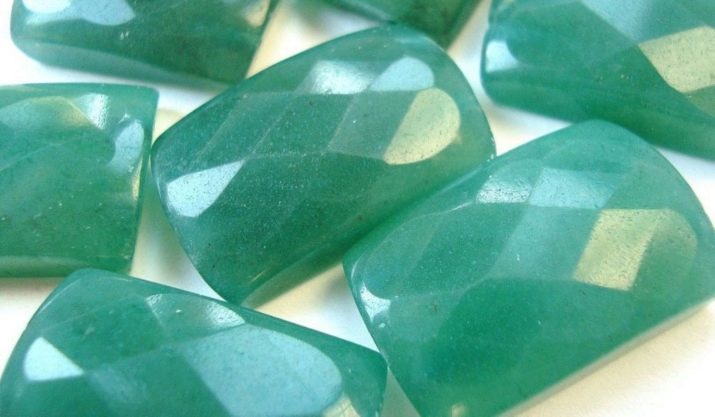
Magical properties
Initially, it was believed that green aventurine manifests its strongest properties in the field of fortune-telling; it was used in the entourage of magic salons. Today, it is customary to highlight only its pronounced influence in the field of love magic. Here the green aventurine has a special mission - he is considered the patron saint of the family, reduces the frequency of quarrels and conflicts, facilitates the achievement of mutual understanding between lovers.

These properties are especially active when the moon is waning, as well as in the autumn-winter period.
Green aventurine is also useful for people who are fond of spiritual practices. It facilitates the immersion in a meditative state, awakens the intellectual and intuitive sides of a person's personality.

A rough stone or a rosary from it is acquired when they want to radically change life priorities. Possessing a strong energy potential, it helps to get rid of obsessive love experiences, to overcome inner doubts.

You will learn more about the magical properties of aventurine by watching the following video.
Feng Shui Application
In feng shui practices, green aventurine is considered an auspicious stone, but it must be applied according to the rules, placing:
- in the southeastern part of the house, which is responsible for family relationships, health;
- in the abundance sector - here it will provide a stable increase in welfare;
- in areas where sustainable growth is required;
- in the children's room to create a positive emotional background;
- in the kitchen to eliminate negative energy influences.
In all these cases, the positive energy of the green stone will certainly bear fruit.
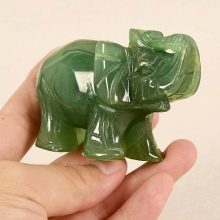
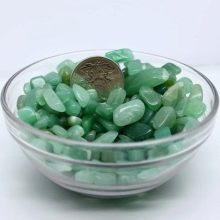
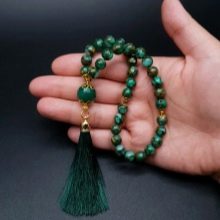
Medicinal properties
Green aventurine is considered a stone that can improve mood, awaken optimism, and increase vitality in case of loss of strength. To enhance the beneficial effect on the body, the stone is worn on the body in the form of a pendant, bead, bracelet, and is used to infuse water for washing. Such a stone helps pupils and students to more easily focus on the study of a complex subject, to pass examination tests.
A silver setting is used to enhance the properties of the stone.
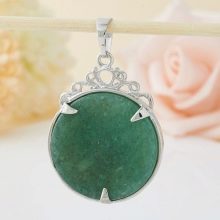
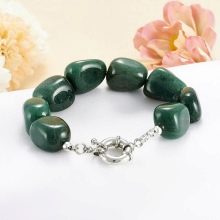
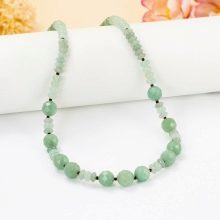
In geopathogenic zones, green aventurine rather demonstrates its protective properties, reflecting the negative effect of electromagnetic waves, and helps to reduce the effects on the body associated with a poor level of ecology. Prayer beads made from this stone help to calm down and concentrate.

For a long time it was believed that the rock in powder helps to dry out wounds in case of skin diseases, but these recommendations have no practical confirmation.
Who is it suitable for?
Green aventurine is not suitable for all representatives of the zodiacal circle. It is completely contraindicated for use by Aries, Leo, Sagittarius, under the auspices of fire. By increasing their emotional instability, the stone can add hysteria to the character and even lead to a nervous breakdown.
Signs of the air element - Libra, Gemini, Aquarius - green aventurine should be turned into a talisman of good luck for the most crucial moments, putting it on exclusively for an important occasion.
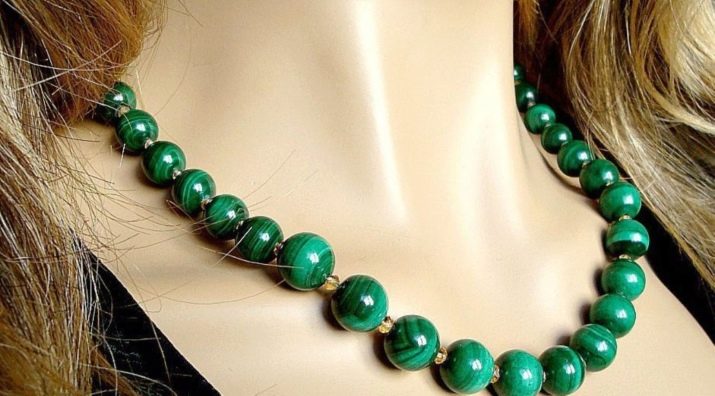
With constant long-term contact, the mineral enhances natural carelessness and a tendency to questionable transactions.
Water signs - Pisces, Cancers, Scorpions - need to limit contact with green aventurine to periods when they take risks. In such matters, the stone brings them good luck.
The best talisman green aventurine will be only for earth signs - Virgo, which wearing it will give a strengthening of the intuitive beginning, Taurus.

For Capricorns, such a talisman is not suitable, since it enhances the natural energy of their heavenly patron - Mars.
Every natural stone has a meaning. In the case of aventurine, color does not play a special role - all its varieties have the ability to enhance the main character traits of their owner. It is contraindicated for hot natures, debaters, but it can increase sensitivity to those who are not particularly emotional.
True to its name, aventurine brings good luck in games, lotteries, business and other risky matters. A signet with it is the best gift for a stock broker.
But the talisman should be put on only at the most crucial moments.
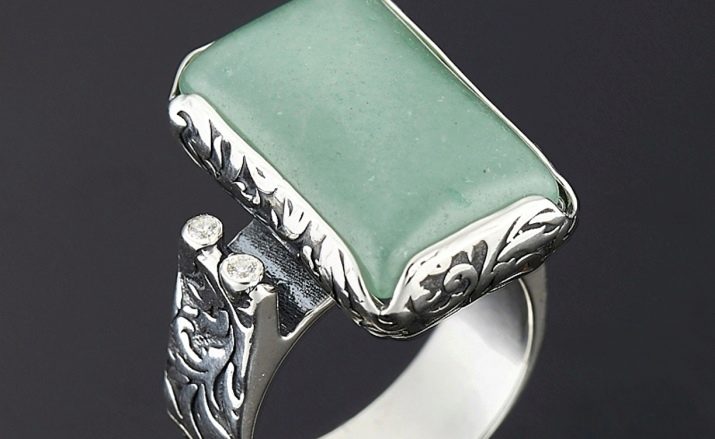
In addition, the stone contributes to the successful completion of any search - from an archaeological expedition to conducting cases of missing persons. It is recommended for students and researchers engaged in theoretical research in their chosen field.
For mature people who are desperate to find love, a green aventurine on a chain, which is constantly located near the region of the heart, helps to find personal happiness.

How to distinguish from a fake?
Green aventurine does not belong to the category of particularly valuable or expensive stones, but this does not prevent fraudsters from regularly releasing fakes on the market under the guise of this rock. Since there are technologies for making glass that are very similar in appearance, you should be extremely careful when buying. The easiest way to distinguish natural green aventurine from a fake is by the following features:
- lack of excessively plentiful shine;
- rough surface structure;
- asymmetries in the formation of patterns;
- muted colors - it looks more like jade than emerald or malachite.
High strength allows the stone to scratch glass - if possible, it is worth checking this property in practice. If all else fails, we are most likely talking about a fake made of a painted quartz alloy, the value of such an acquisition will be very doubtful. Whereas a real green aventurine may well become a good talisman that brings good luck.









